Calming the ‘Perfect Storm’

As town centres begin their recovery from the multiple COVID-19 lockdowns which, in many cases, have exacerbated an existing decline, our new town centre and urban change team creates an opportune and invaluable function in tackling the issues that face town centres across the country.
Partners Jennifer Miles, Caroline Searle and Paul Ellis provide strategic advice on reshaping towns and cities, often through the creation of successful partnerships and the implementation of long-term project plans.


Urban centres, it has been said for many years, are facing a ‘perfect storm’. Challenges brought about by out-of-town and internet shopping have been compounded more recently by local authorities’ financial difficulties, the climate change emergency, and of course the pandemic.
But as with any other meteorological occurrence, the ‘perfect storm’ will subside. As three contrasting examples of the regeneration team’s work show, the solutions to these challenges include a strategic approach, a focus on sustainability, the repositioning of retail centres, and the use of urban expansions to both benefit and complement town centres.
There’s no doubting our newfound appreciation of green spaces and their positive impact.
Changing consumer preferences post-pandemic show that many of us, especially long-term homeworkers, will pay a premium for nearby green spaces and the multiple health and wellbeing benefits of living closer to nature. But how precisely can the value of green infrastructure be calculated? Pre-COVID-19, in 2019, research by the ONS demonstrated that properties within 100 metres of public green spaces were on average £2,500 more expensive than those more than 500 metres away, even providing an online calculator by which the uplift could be determined.
More recently, an economic and social value model created by national land management charity the Land Trust, has put a figure on the economic and social value created from the management of the green spaces on a site-by-site basis. The model calculates that the value of the green spaces, on schemes managed by the charity, is approximately £394 million.
“There is no ‘one size fits all’ approach to equipping a town centre for the 21st century.”
“Future-proofing is also vital and the strategy has been influenced by the potential for economic and market change.”
About our professionals
Paul Ellis
Partner
Paul has advised a whole range of Local Authorities on major development projects across the UK over his 30-year career, with successful projects including Bath Riverside, Watermark Southampton and the Arc & Apex scheme in Bury St Edmunds. He is acknowledged as one of the UK’s leading advisors in this specialist area.
Caroline Searle
Partner
Caroline has 18 years’ experience delivering mixed-use town and city centre regeneration schemes across the UK and overseas, including supporting Birmingham City Council and Network Rail on the delivery of Grand Central and advising on the creation of a new retail and leisure destination within Abu Dhabi’s financial centre. She has developed a keen interest in the creation of urban strategies to shape successful and sustainable places.
Sign up to receive content like this directly to your inbox
How are we addressing the universal problems
that impact on town centre regeneration?
The partnership between Sovereign Peveril Brookfield Ltd, Broxbourne Council and Hertfordshire County Council will create a new town centre within a comprehensively planned, 21st century, 400-acre garden suburb on the A10 in Hertfordshire.
Paul explains, “Brookfield addresses the nationwide housing need and the absence of locally accessible good quality leisure and retail which leads to existing residents travelling beyond the borough for day-to-day facilities. The scheme is a modern interpretation of the traditional garden village first put into practice by Ebenezer Howard in nearby Letchworth over a century ago and will provide 1250 new homes.”
“Brookfield Riverside will sit alongside the new garden village and is one of the largest new retail and leisure developments coming forward in the UK. It will include up to 19,000 m2 of retail floor space, 10,000 m2 of leisure, 10,000 m2 of food and beverage, and 8000 m2 of offices together with 250 homes, elderly care provision, associated public squares, highways, pedestrian and cycling facilities. The design and tenant mix will reflect the dramatic changes in the retail landscape and will make an important contribution towards Broxbourne’s recovery following the economic impact of COVID-19.”
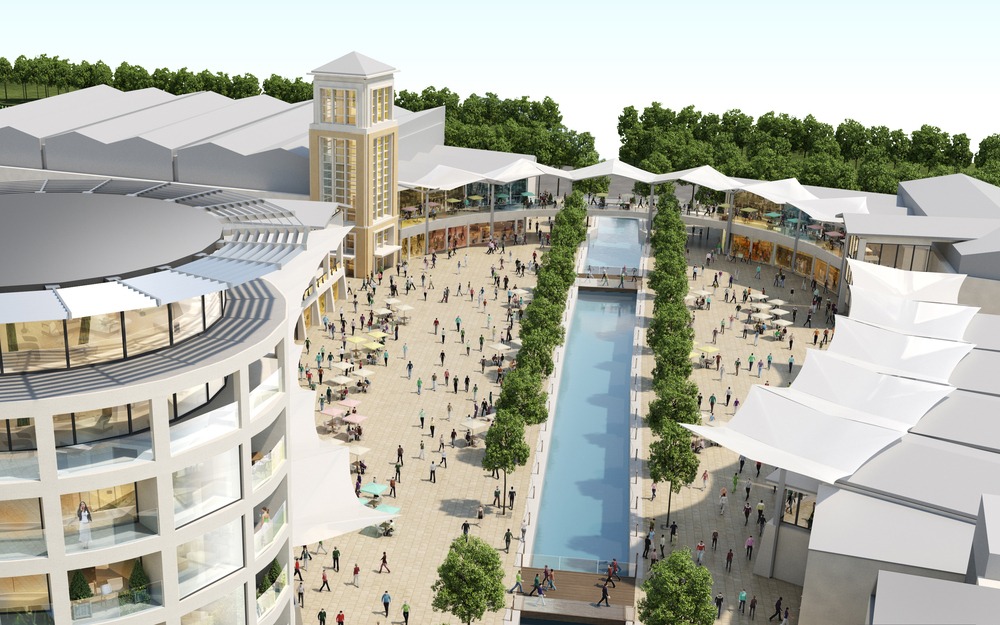
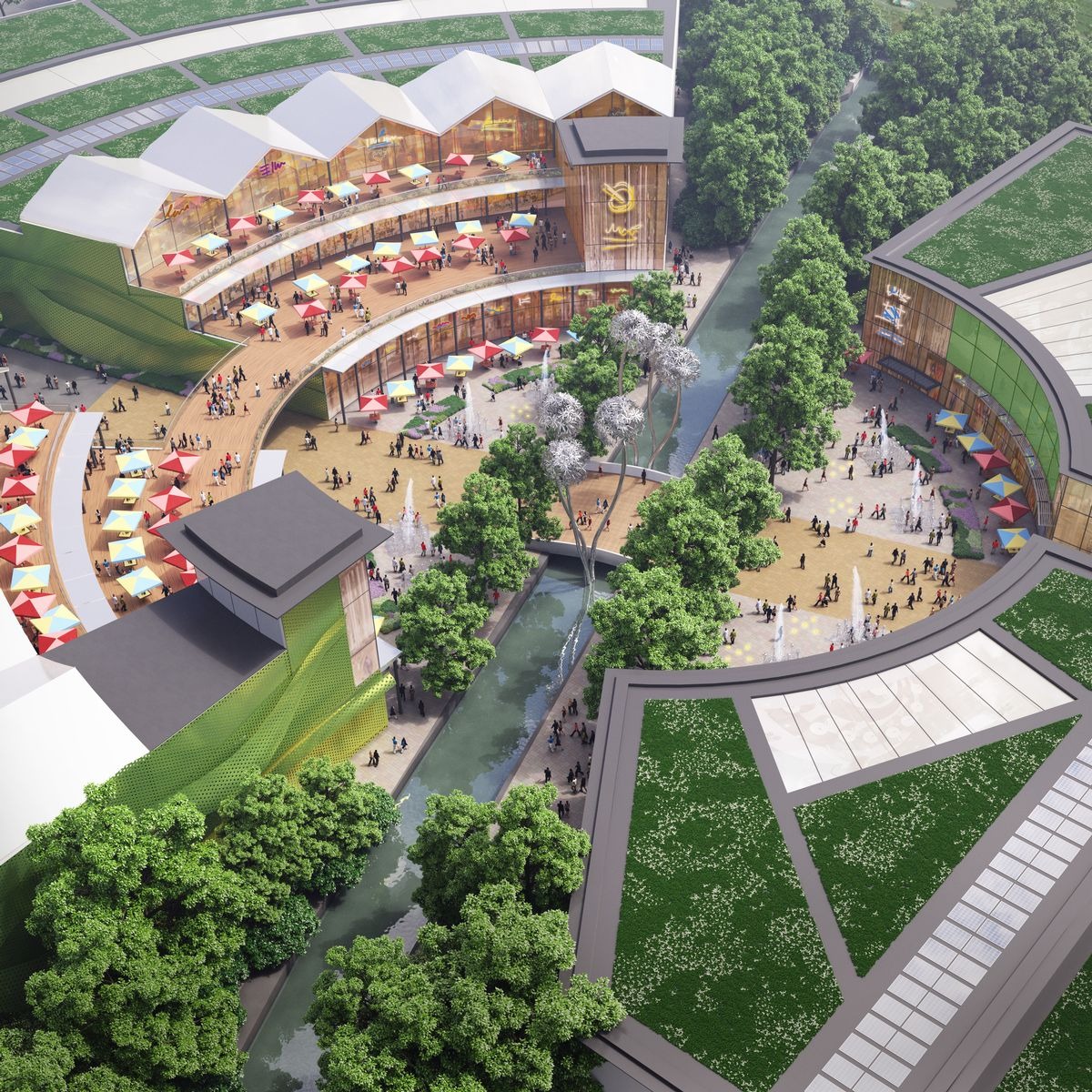

Brookfield Riverside and Brookfield Garden Village

A strategic vision for market towns and garden villages which fall within the strategic growth area of the Oxford-Cambridge Arc.
“The challenges faced by these centres are common to many,” explains Jennifer. “Issues include the need to diversify retail locations, develop social and transport infrastructure, and keep pace with ambitious housing targets, while promoting sustainable development practices. But there is no ‘one size fits all’ approach to equipping a town centre for the 21st century. For example, Didcot is the gateway to Science Vale, one of the most successful science clusters in the UK; yet the economic and social links between Didcot’s centre and the rest of Science Vale remain weak. Berinsfield needs further development in its health, leisure and convenience retail facilities alongside a significant investment in its supporting social infrastructure.
South Oxfordshire and Vale of White Horse District Councils
“Solutions that have been adopted following our advice include relocating council offices from an out of town business park to the vicinity of Didcot station – providing a catalyst for the area and access to sustainable transport; commissioning a new masterplan for Abingdon town centre with an emphasis on day-to-day services; and, in response to an extensive local consultation, using an urban extension in Berinsfield to enable more extensive community uses in the town centre.”
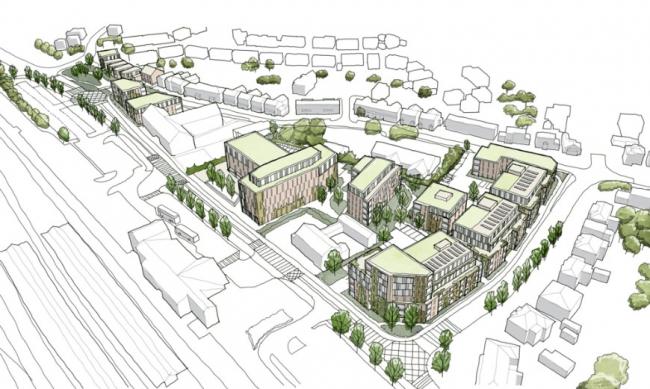
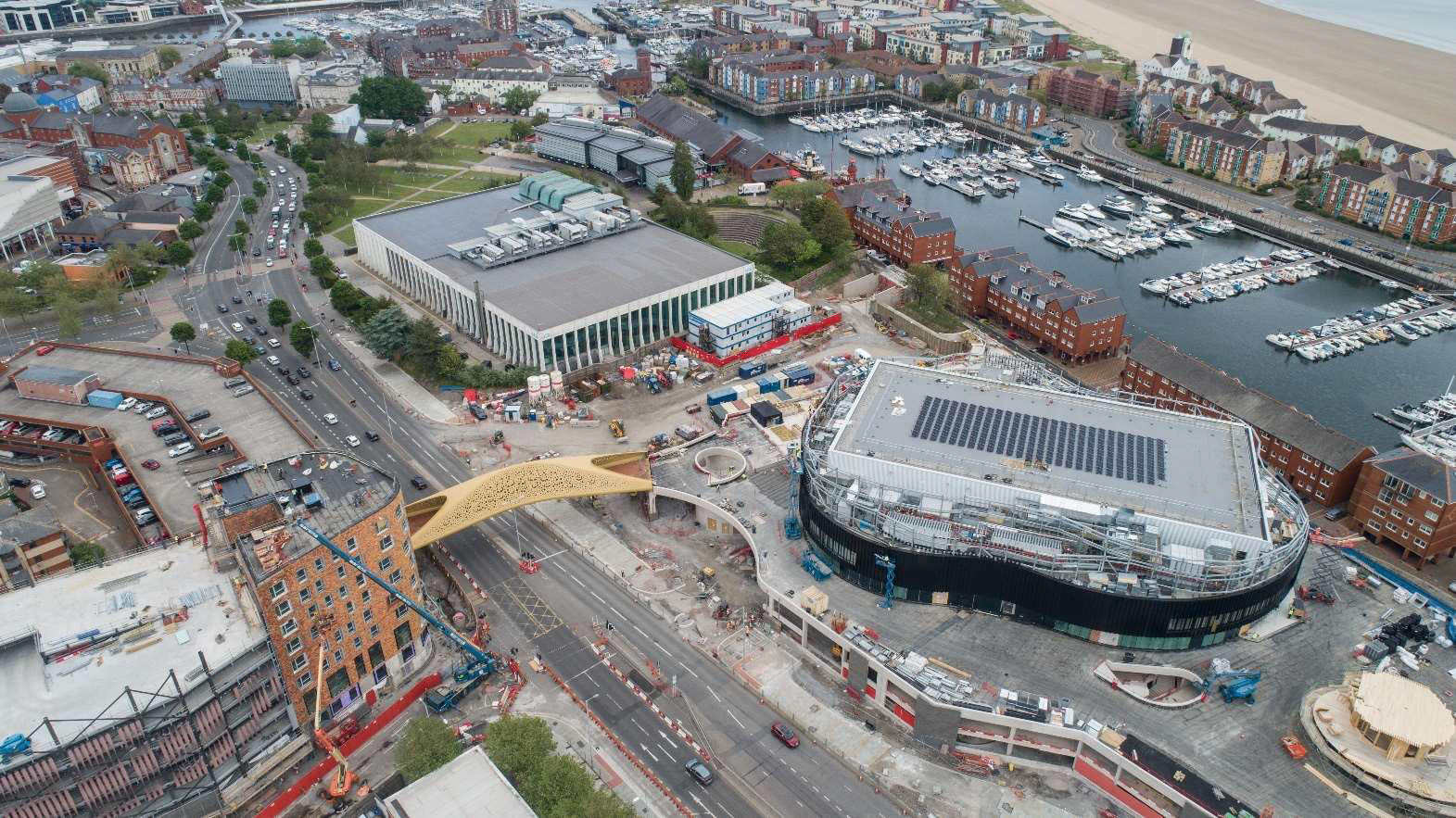
Strategic property advice in respect of a delivery strategy for the city, including support on a successful bid for City Deal funding.
Paul describes the challenges that Swansea faces: “The city centre has been historically impacted by poor post-war planning, industrial decline, a lack of high quality office space, and the previous trend for out-of-town shops, offices and leisure facilities.”
Swansea City Centre
“We are working closely with Swansea Council on its transformation into a thriving and sustainable living, working and leisure destination which capitalises on historic connections and outstanding rural and coastal environments. A £200 million investment has enabled two significant public sector led developments to come forward: Swansea Central, which comprises a new 3,500 capacity arena, a hotel, restaurants, new homes and a coastal park; and 71-72 Kingsway, a 100,000 sq ft high quality and flexible workspace scheme aimed at tech and creative start-ups and SMEs.”
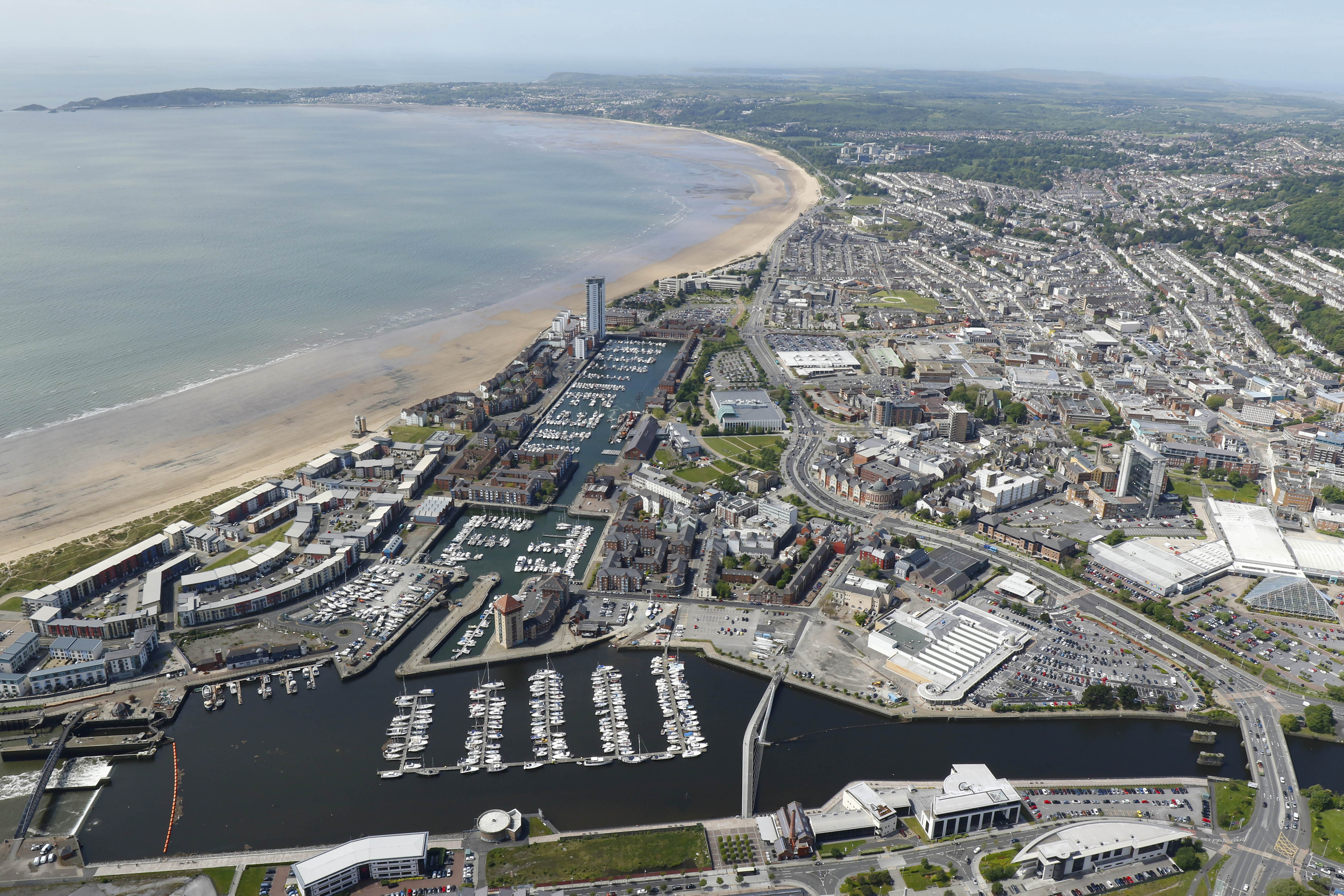

“It has been important to project a positive image of the city: one which focuses on its distinctive attributes and future potential. Future-proofing is also vital and the strategy has been influenced by the potential for economic and market change. Sustainability is key, and the strategy seeks to mitigate the impact on climate change and creates an integrated approach towards economic, social and cultural well-being goals. Tourism is also an important focus, as Swansea is well placed to attract those travelling to the Gower Peninsula and West Wales, and a key part of the strategy is to secure unique leisure attractions.”
Caroline explains the importance of a common focus in delivering a vision for a city: “The transformation of Swansea city centre is a long-term project which has benefitted from a strong vision from the local authority – one which is both ambitious and realistic, and has been consistent since its inception. City Deal funding has been instrumental in enabling change, but the power of the vision, a strong regeneration team within the Council and the spirit of co-operation cannot be under-estimated.”


CONCLUSION
This small snapshot of regeneration work demonstrates the extent of the challenge that town and city centres face, and importantly, that many of the challenges have relevance across the country and can inspire transformation elsewhere.
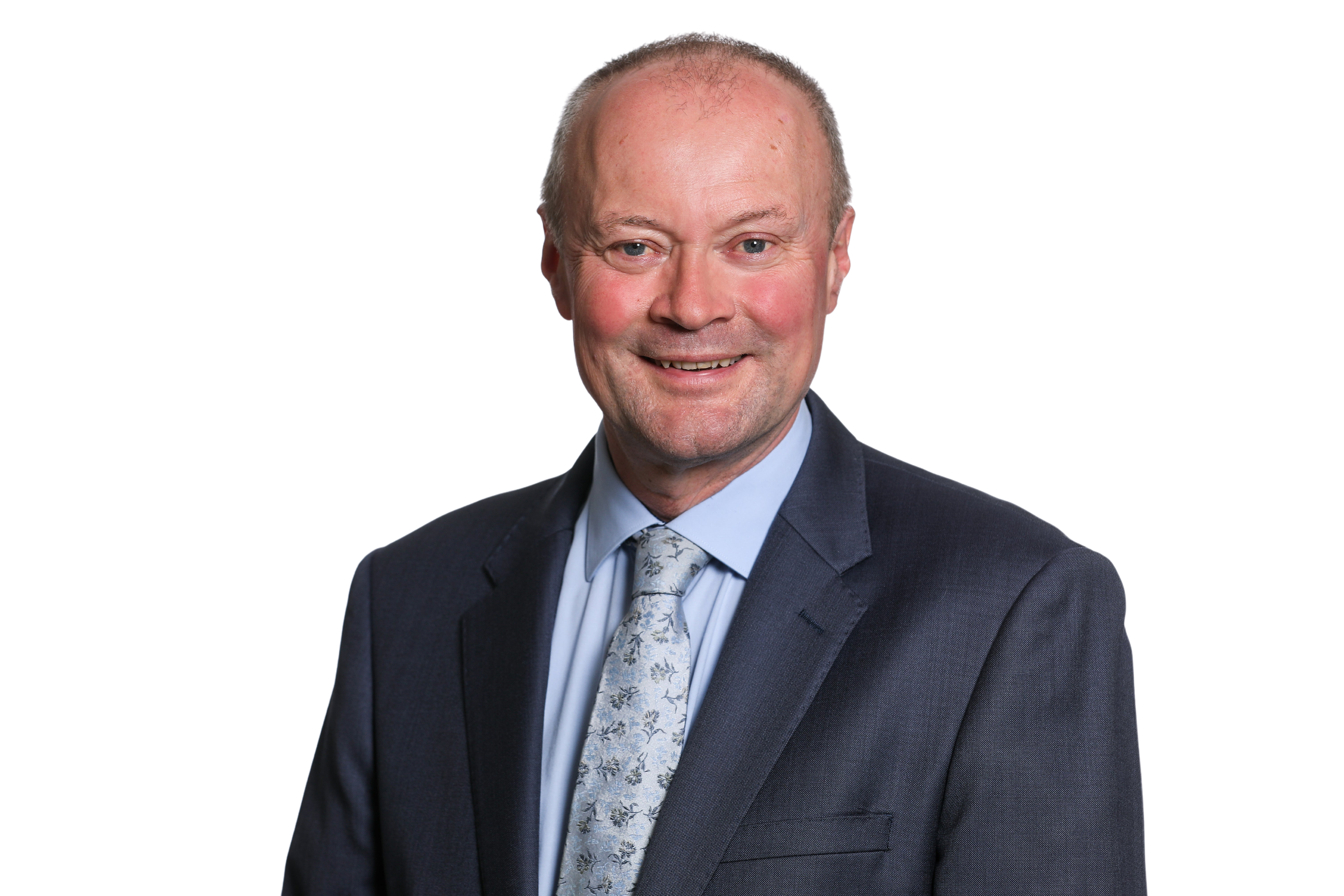

Jennifer Miles
Partner
Jennifer focuses on mixed-use urban regeneration and has 20 years of experience, including Liverpool ONE and Sheffield’s Heart of the City, providing clients with in-depth support throughout the development process.

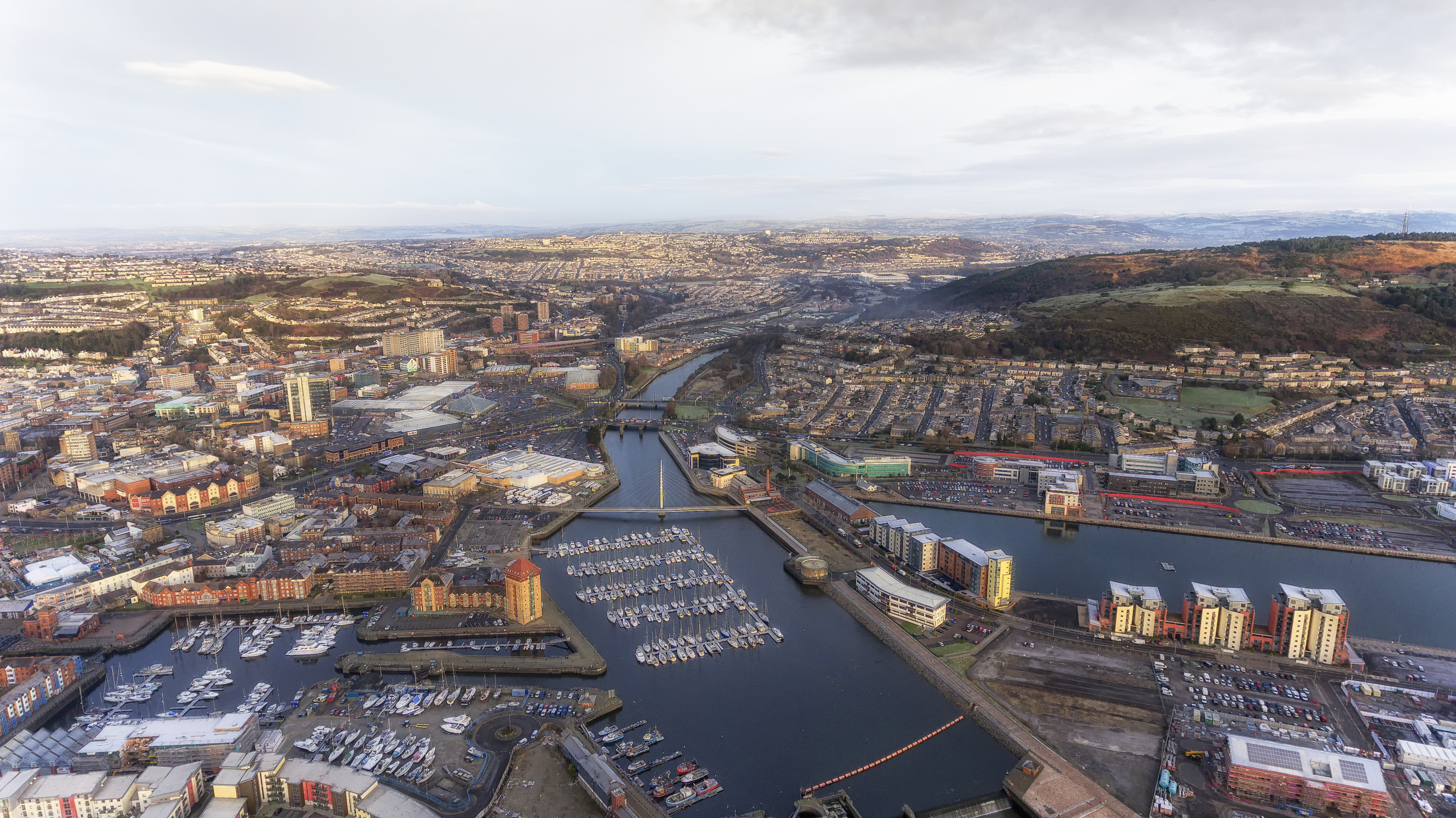








Image credit: Barton Willmore
Image credit: Lyons Sleeman Hoare, Broxbourne Borough Council

Sign-up for the latest news

Sign-up for the latest news
